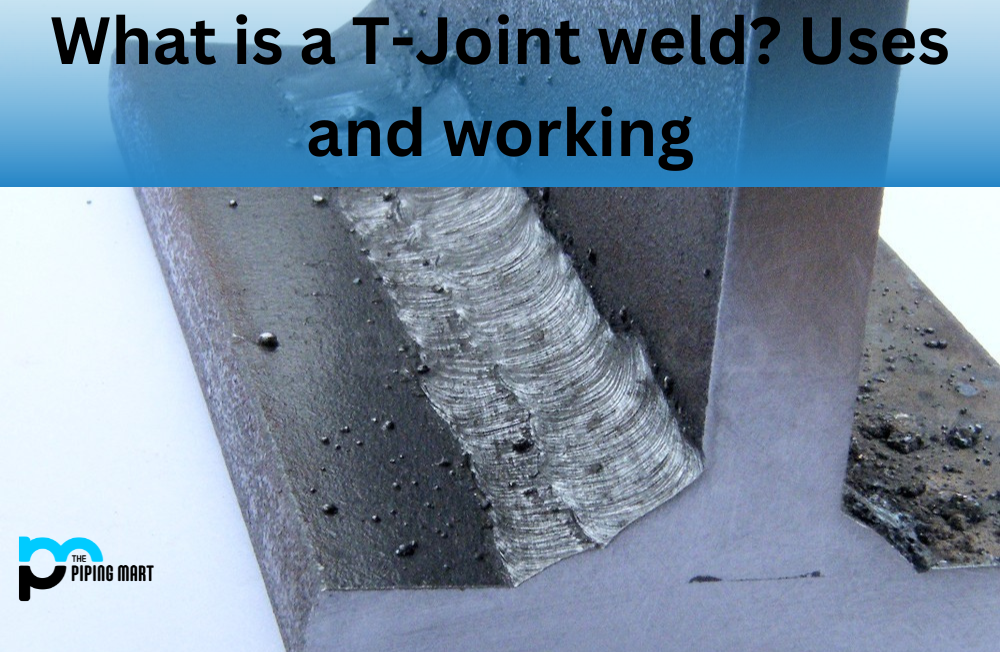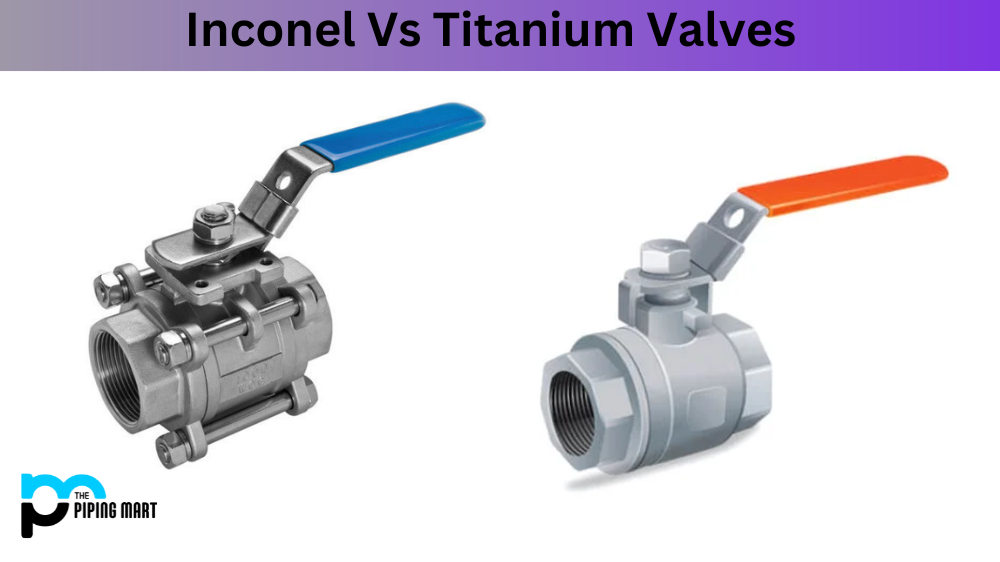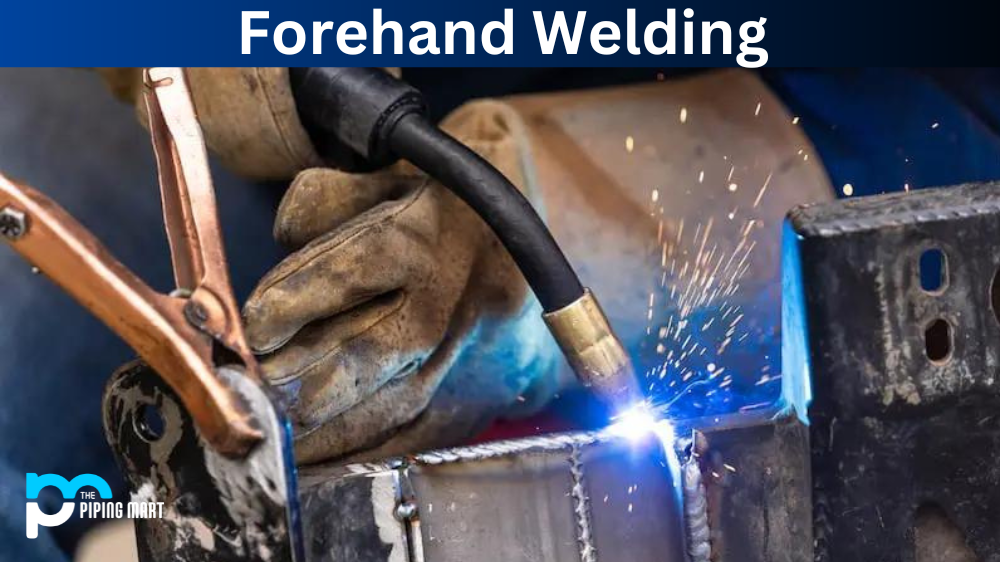There are different methods used to create T-Joint welds depending on the job requirement but they all have similar characteristics – an angular, secure connection with robust strength thanks to careful preparation of surface areas before welding begins. In this article we will explore what T-Joint welds are, their uses and the principles involved in achieving successful results while using this method.
What is T-Joint weld?
T-joint welding joins two pieces of metal together at a 90-degree angle. This type of weld is also known as a butt joint weld. The “T” in T-joint welding comes from the fact that the two pieces of metal being joined together form a T shape. For this type of weld to be successful, the welder must understand how to execute the weld properly.
There are many different types of welding, and each has its own set of advantages and disadvantages. T-joint welding is one of the most commonly used types thanks to its versatility. This type of welding can be used on various materials, including aluminium, stainless steel, and cast iron. T-joint welding can be performed using multiple methods, including MIG welding, TIG welding, and even flux-cored arc welding.
One of the main advantages of T-joint welding is that it is relatively easy to execute. This type of weld can be performed by both novice and experienced welders alike. Another advantage of T-joint welding is that it is incredibly versatile. As we mentioned before, this weld can be used on various materials.
There are some disadvantages to T-joint welding as well. One major drawback is that this type of weld can be challenging to achieve a strong bond on thicker materials. This is because the heat from the weld tends to dissipate quickly when thicker materials are used. Another disadvantage of T-joint welding is that it can be difficult to achieve a cosmetic finish free from defects.
T-Joint Welding Uses
T-Joint welds are among the most popular types of welds used due to their versatility and wide range of applications. They can join two sections at a right angle, making a very strong connection difficult to break apart. This makes them ideal for construction projects, as well as in the transportation industry and manufacturing industries. The T-Joint weld is sometimes the only type that will work for some projects due to its precise fitment and strength. It’s also useful for plastics, rubber and canvas items that need to be strengthened or repaired. Since T-Joint welds are so easy to use and require less complex tools than other welding styles, they are often seen in everyday life.
T-Joint Welding Working
T-Joint weld working is a type of metal fabrication process that uses two welding machines to join two pieces of metal together. It is one of the more well-known and widely used types of welding due to its ability to work well with ferrous and non-ferrous metals, such as steel, aluminium, and stainless steel. Its popularity is partly because it can also be used in many applications. During T-Joint weld working, an electrode is used to create an electric arc, which melts the ends of both pieces of metal so they can be joined together. This process often requires heat input to ensure proper formation and adhesion of the joined parts. Many welding rods are available for different applications and materials, making T-Joint weld working an incredibly versatile option. Ultimately, this type of welding provides an impressive strength bond between two metal components that can last for years.
Conclusion:
T-joint welding is a popular type with many advantages and disadvantages. This type of weld is relatively easy to execute and versatile, but it can be difficult to achieve a strong bond on thicker materials. If you are considering using this type of weld, weigh all the pros and cons before making your final decision.

A passionate metal industry expert and blogger. With over 5 years of experience in the field, Palak brings a wealth of knowledge and insight to her writing. Whether discussing the latest trends in the metal industry or sharing tips, she is dedicated to helping others succeed in the metal industry.




